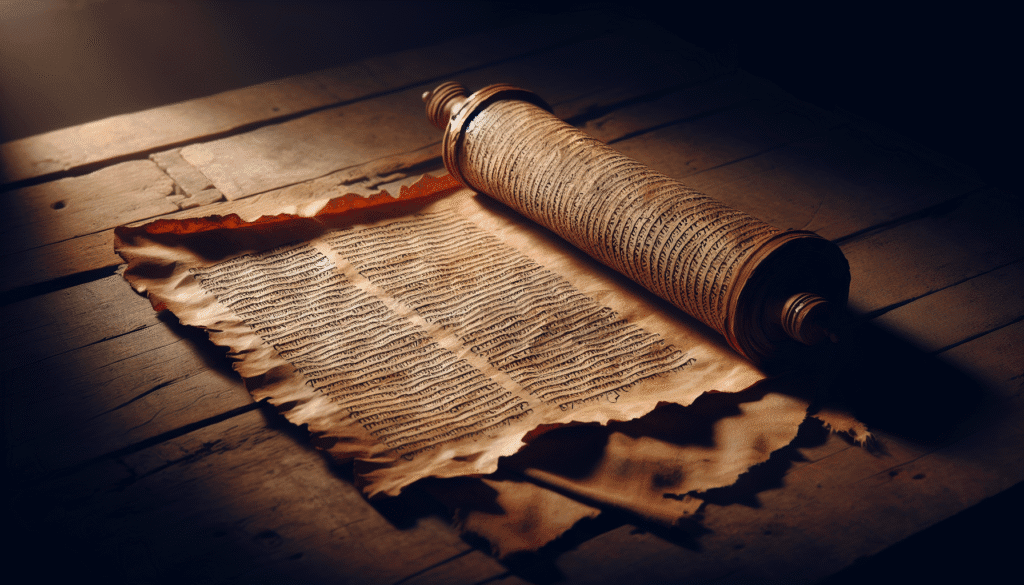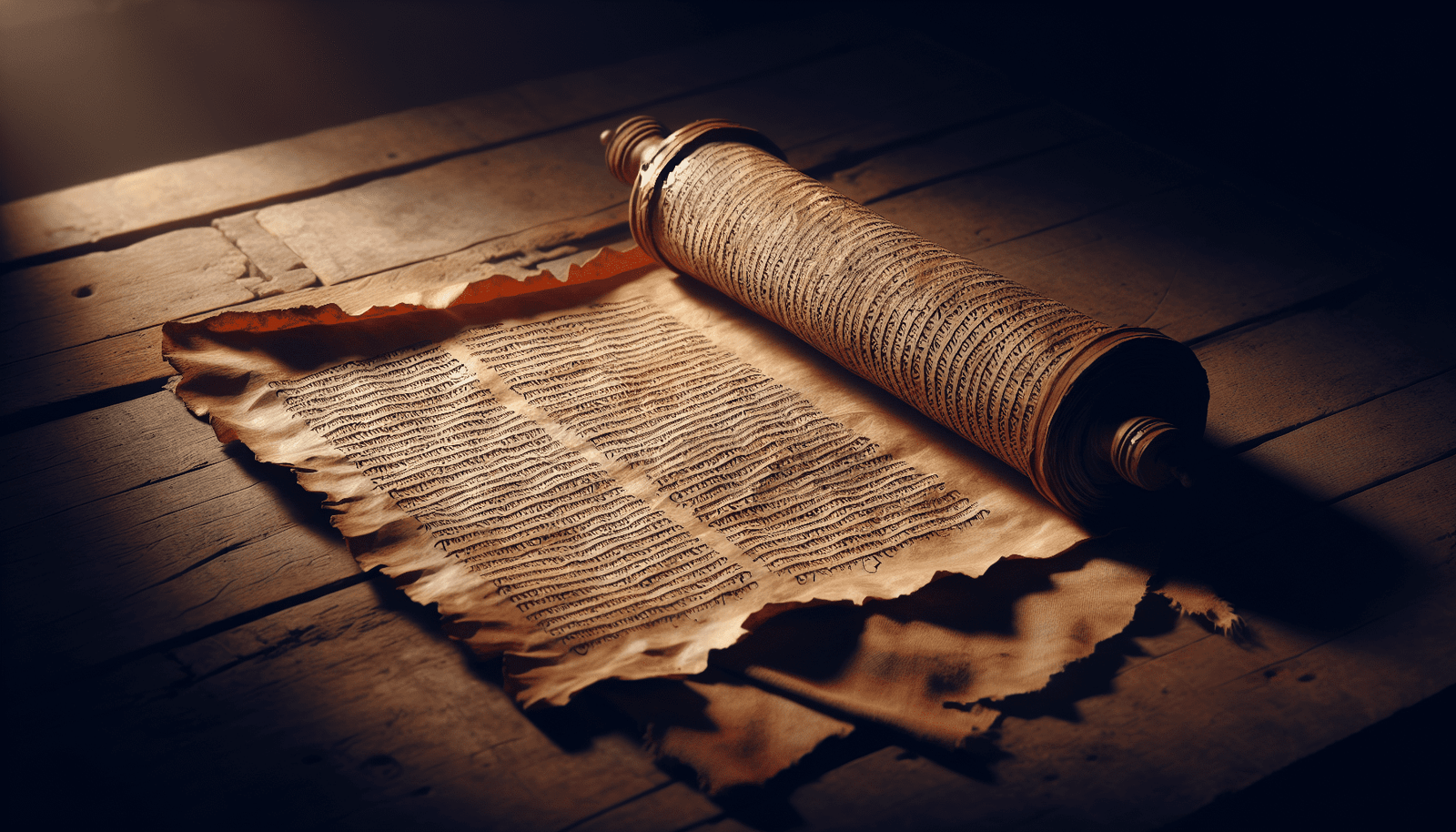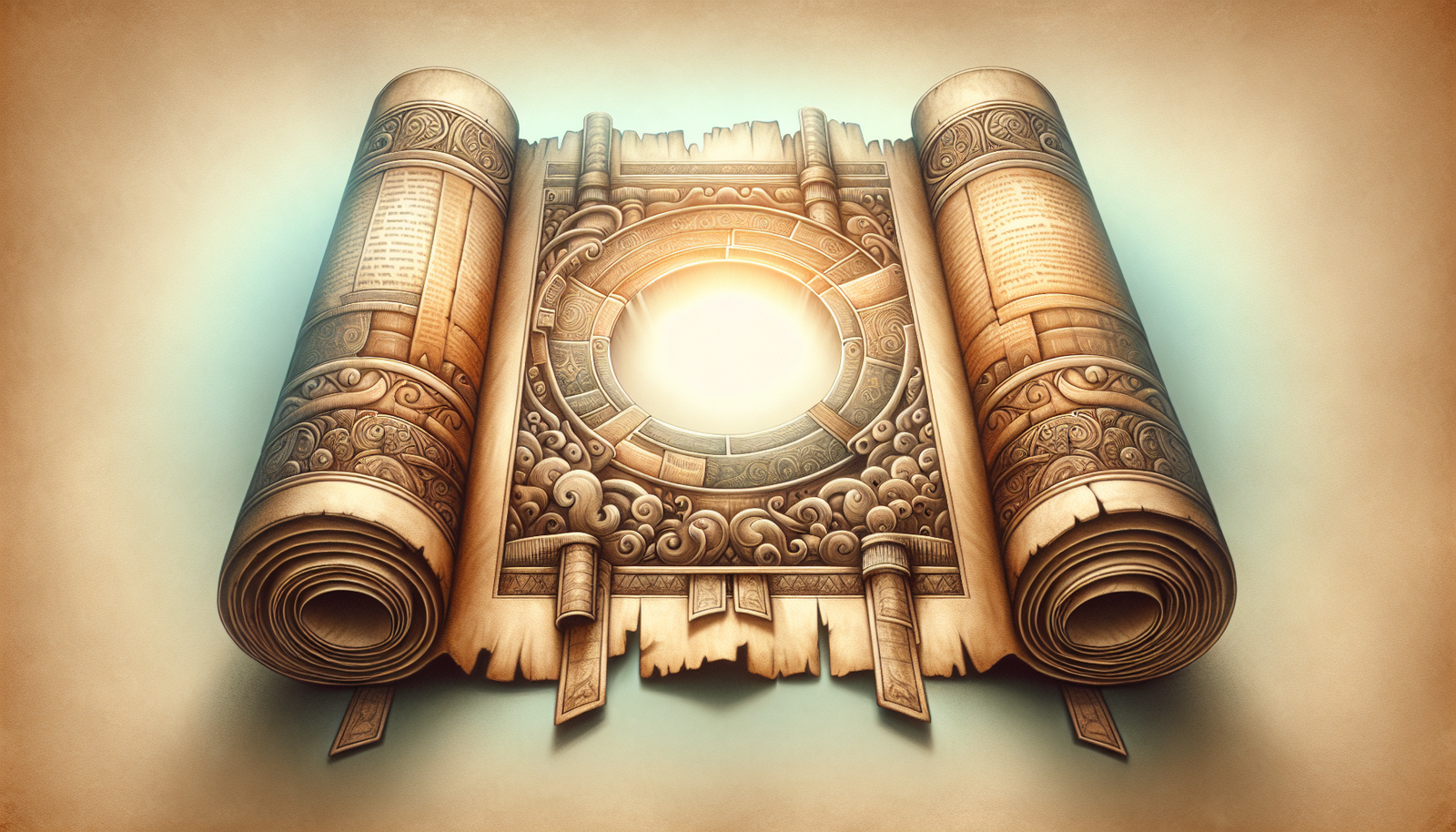Have you ever wondered how many New Testament manuscripts exist today? Understanding the scope of these ancient documents is not just a quest for historians; it’s essential for anyone interested in understanding the history and integrity of the Biblical texts. As a specialist with a PhD in Theology, I’ve spent extensive time exploring this fascinating subject, including visits to renowned manuscript vaults across the globe. Let’s explore why this question holds particular significance even in 2025, a year when digital access and forensic techniques give us deeper insights into ancient texts.
In an era where information is at our fingertips, having accurate knowledge about New Testament manuscripts helps in deciphering textual criticism and authenticating the Bible’s historical accuracy. With religious and historical studies merging into mainstream interest, knowing how many manuscripts exist enhances our appreciation of these sacred texts and contributes to understanding their evolution over centuries.
TL;DR Box
- What You’ll Learn: This article examines the number of New Testament manuscripts and their significance.
- Why It Matters: In 2025, understanding these manuscripts is crucial due to advancements in digital and forensic methods.
- Core Insights: Number of manuscripts, differences in textual variants, notable examples, and their impact on Biblical studies.

The Significance of New Testament Manuscripts
The New Testament manuscripts are foundational documents for Christianity and historical scholarship. Let’s explore why they are important.
Defining a New Testament Manuscript
New Testament manuscripts are hand-copied versions of the texts in either Greek or other ancient languages. Understanding their form and structure is vital to appreciate their historical and religious significance.
Why Manuscripts Matter
These manuscripts help establish the reliability of the New Testament. They provide a connection to the historical events they describe and are used as evidence in scholarly research and religious studies.
Historical and Religious Importance
- Religious Authority: They serve as primary evidence for Christian doctrines.
- Historical Insight: Offer insights into early church practices and societal norms.
- Textual Accuracy: Essential for verifying the integrity of modern Bible translations.
How Many Manuscripts Are There?
Determining the exact number of New Testament manuscripts can be an intricate process due to discoveries and ongoing research.
Current Estimates
As of 2025, there are approximately 5,800 Greek New Testament manuscripts known to scholars. This number can rise as ongoing archaeological work continues to uncover more documents.
Factors Influencing Numbers
- Discovery of Fragments: Frequent discoveries add to existing figures.
- Cataloging and Preservation: Advances in preservation and cataloging methods help maintain accurate records.

Notable New Testament Manuscripts
Some manuscripts stand out due to their condition, historical value, or unique features.
Codex Sinaiticus
This is one of the oldest and most complete copies of the New Testament, providing key insights into early Christianity.
- Date: 4th century.
- Significance: Offers a comprehensive view of early Biblical texts.
Codex Vaticanus
Another primary source, the Codex Vaticanus contributes substantially to Biblical scholarship.
- Date: 4th century.
- Significance: Known for its remarkable accuracy and historical provenance.
Variations in Manuscripts
Textual variants are changes or differences found among manuscript copies. Understanding these is crucial to Biblical studies and historical accuracy.
Types of Variants
- Intentional Changes: Made for theological alignment or corrections.
- Unintentional Changes: Due to scribal errors.
Importance of Variations
Textual variants can influence interpretations and theological beliefs and are integral to the study of textual criticism.
Advances in Manuscript Study
With burgeoning technology, the study of Biblical manuscripts is seeing renewed attention and accuracy.
Technological Tools
- Digital Imaging: Enhances the readability of old texts.
- Forensic Techniques: Allows for dating and authenticity verification.
Future of Manuscript Studies
The future holds possibilities for more discoveries and deeper understanding of existing texts, thanks to continued advancements in technology and research.
FAQs
How many New Testament manuscripts are there? Around 5,800 Greek manuscripts exist, not including those in other languages.
What is the most complete New Testament manuscript? The Codex Sinaiticus is one of the oldest and most complete.
Why do we have different versions of the New Testament? Textual variants and different manuscript traditions contribute to variations in translations.
What can textual variants tell us? They provide insights into the historical and theological development of early Christianity.
How do scholars verify manuscript authenticity? Using methods like carbon dating and analysis of writing styles.
People Also Ask
Are all New Testament manuscripts in Greek? No, many are in Latin, Syriac, and other languages.
When were most manuscripts discovered? A significant number have been found over the past few centuries.
Can I access these manuscripts? Many are digitized and accessible online through libraries and universities.
Do all manuscripts agree with each other? They generally agree in substance but may have minor textual differences.
Where are most manuscripts found? Major collections are held in libraries and museums across Europe and the Middle East.
Understanding the scope and significance of New Testament manuscripts enriches our comprehension of both history and theology. With thousands of manuscripts forming a mosaic of the past, we continue to learn and gain insights that illuminate the sacred texts we hold dear.




